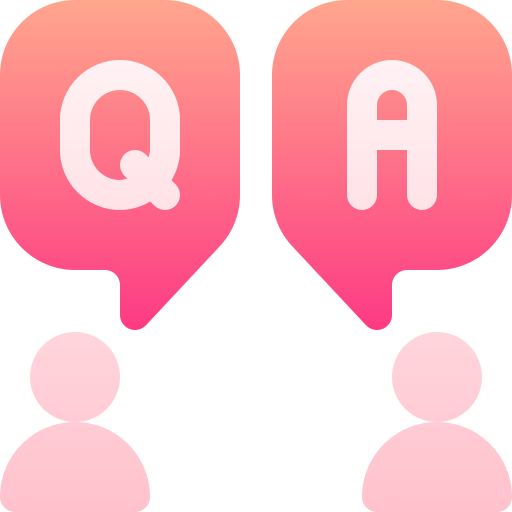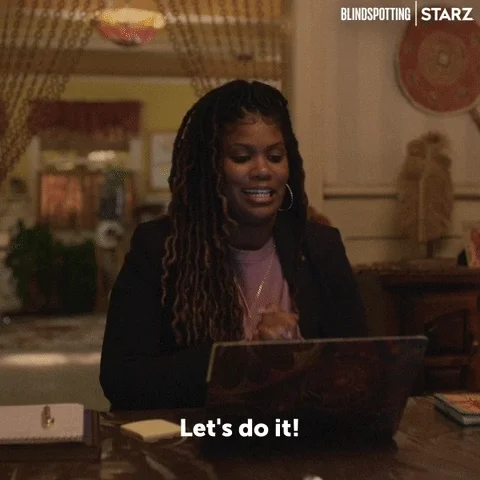
This logo isn't an ad or affiliate link. It's an organization that shares in our mission, and empowered the authors to share their insights in Byte form.
Rumie vets Bytes for compliance with our
Standards.
The organization is responsible for the completeness and reliability of the content.
Learn more
about how Rumie works with partners.
Picture yourself in a crucial meeting with the top executives of your organization.
Each glance, each word, could shape the future of your department — and your career. Are you ready to seize this moment and communicate your vision with clarity and impact?

In today's fast-paced corporate landscape, effective communication with senior leaders isn't just a skill — it's a strategic necessity. It's about more than just conveying information, it's about inspiring action and driving transformative change.
Prepare to unlock the secrets of conversing with executives. These strategies will equip you with the confidence and poise necessary to navigate any boardroom with ease.
Think Like a Senior Leader

To effectively communicate with senior leaders, it's essential to understand their mindset and perspective. What are their priorities and expectations? The following are some key concepts to the senior leader mindset:

Results-oriented thinking: Senior leaders focus on results. Typically, their decisions are driven by numbers. Make sure any proposal you make is supported by data.

Time sensitivity: Executives have busy schedules with limited time for detailed discussions. Be concise when speaking with senior leaders and get to the point.

Big picture focus: Top managers prioritize strategic goals and long-term vision. Ensure your communication aligns with the organizational mission and strategic direction.

Establish an Executive Presence

Think of someone who effortlessly commands attention, exudes professionalism, and inspires confidence in every interaction. This person who captivates everyone around them is said to have executive presence.
While executive presence may seem easy for some people, it's actually a set of learned behaviors and personality traits. Some ways to develop an executive presence include:
Practice good body language: Be aware of the messages you send through nonverbal communication. Stand or sit with good posture. Be mindful of your facial expressions and maintain eye contact with your audience. Also, be sure to monitor the body language of your audience.

Sharpen your speaking skills:Even without an audience, speak out loud to experiment with the pace and tone of your voice. You can even record yourself to self-critique.

Become a good listener:The ability to listen is just as important as the ability to speak. Listening helps you anticipate problems and prevents you from missing information.

Quiz
During a strategy meeting with senior leadership, you notice the presenter standing with open body language, making direct eye contact and using expressive hand gestures to emphasize key points. What does this suggest about their executive presence?
Eye contact, open body language, and expressive hand gestures suggest confidence in the material being presented.
Avoid Common Mistakes

Even the most seasoned professionals can stumble when communicating with executives. Let's explore some common pitfalls to avoid, ensuring your interactions with senior leadership are smooth and effective:

Lack of preparation: Effective communication takes time, thought, and focus. Make sure you have a clear agenda, then practice beforehand. No matter how experienced you are, don't just wing it.

Underestimating challenges and questions: Put yourself in the shoes of the executive. What questions or concerns do you think they might have? Senior leaders want to know that you've thought things through, including any potential difficulties.

Providing too much detail: When speaking with executives, focus on the big picture. Understand the topic in depth in case you're asked, but executives typically don't require as much detail as the workers at lower levels in the organization. Be concise.

Using filler words: Most people use words or phrases to fill in gaps of silence between ideas or thoughts. These are called filler words. If a word doesn't add value to what you are saying, don't say it. Filler words can be distracting and make you sound unconfident.

Reading the presentation: Relying on scripted presentations, such as reading directly from slides or note cards, detracts from the authenticity of the material. Visual aids should complement the speech, not serve as a substitute for it.
Knowledge Check
In the video below, movie director, Michael Bay is presenting at the Consumer Electronic Show, a conference where business leaders discuss relevant topics in their industries.
Unfortunately, Michael didn't do so well on this presentation. What could Michael have done differently here?
Quiz
What mistakes can you identify in the Michael Bay Speech? Select all that apply:
Michael Bay was speaking on a topic he likely knows inside and out. If he'd planned properly and had a clear agenda going into his speech, it's likely he could have overcome these difficulties.
Build the Perfect Presentation

The key to having a successful presentation for senior leaders comes down to one thing: preparation. If you want to nail your presentation, keep these concepts in mind:

Start off with a summary: Give an overview of key points you may cover during the presentation. A summary helps executives understand the flow of your presentation.

Use charts and graphics: Visual aids are very helpful when making a presentation to senior leaders. Remember, many executives are data-driven. Solidify your research with hard facts.

Answer the question "Why am I here?": Be direct. Senior leaders are usually busy people. Establish what the meeting is about and why it's important early.

Highlight objectives and challenges: Senior leaders are interested in solving problems. Let them know what the problem is and how you plan to solve it. Support your ideas with data and have a specific goal in mind. Explain what you need from the leaders.

Use a template: Templates can be great brainstorming tools to make sure you highlight the correct information. Try these examples: How To Write a Brief and Executive Presentation Briefing Template
Follow Up

Imagine you're all finished with your presentation to an executive leader. It was a complete success, so it's all over now, right? Not exactly.
This is the perfect time tofollow up! Remember, you gave basic information during the presentation. Now is the time to set up more detailed communication. Consider the following:

Hold a question and answer session: Build time into the presentation for questions. If you don't have the answers readily available, write them down and give a realistic timeline for when you can deliver the answer.

Recap the meeting: Within the first 24 hours after the presentation, send a follow-up email to recap what was discussed. This gives the executive leader something in writing that summarizes your key points.

Schedule a follow-up meeting: Schedule time to discuss your topic in more detail. Setting up a meeting shortly after your presentation may help you sustain the momentum gained during your initial encounter. This is also a great opportunity to plan next steps.
Take Action

This Byte has been authored by
Brandon Freeman
Instructional Designer